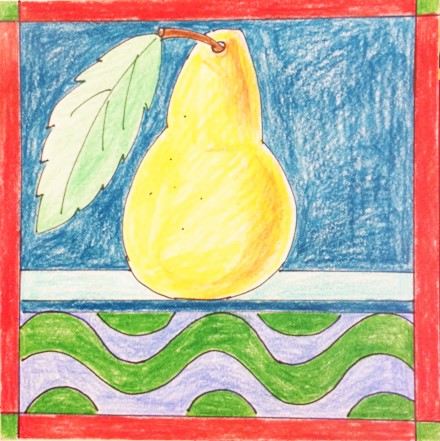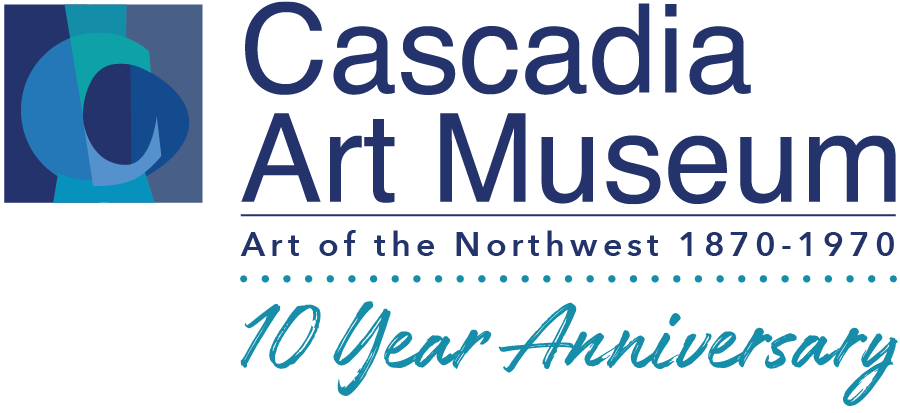Studio Cascadia
Elements of Art: Color
Color, in a simple definition, is light reflected by an object. Color can affect how people feel and is symbolic. In art, a color theory exists. Color theory includes the color wheel, color value, and color schemes. Color is a part of all art and is all around us!
Color Wheel
You may recognize a color wheel. A color wheel includes primary, secondary, and tertiary colors. Primary colors are colors that exist naturally, through natural pigments. No mixing of colors can create a primary color, but primary colors mixed together create all the other colors. Primary colors are red, blue, and yellow.
Secondary colors two primary colors mixed together. Blue and red make purple, red and yellow make orange, and blue and yellow make green. Tertiary colors are one secondary color and one primary color mixed together. They include red-purple, red-orange, blue-green, yellow-green, blue-purple, and yellow-orange.
Color Value
Color value is the lightness and darkness of a color. A color is made lighter or darker by the addition of blacks or whites.
Color schemes are how colors are put together harmoniously. They include:
- Monochromatic: 1 color
- Analogous: colors that are next to each other on the color wheel
- Complimentary: colors across from each other on the color wheel
- Color triads: colors equally apart from each other on the color wheel
- Split: one color and its complimentary color and closest analogous color—like a combination of different schemes
- Warm colors: red, orange, and yellow
- Cool colors: blue, green, and purple
Color in Art at Cascadia
Peter Camfferman (1890-1957)
Untitled, circa 1924
Oil on paper
Private Collection
This piece by Synchromist painter Peter Camfferman uses a lot of color. Camfferman’s abstract style includes vibrant colors. He also painted to music, and Synchromism uses color scale in the way notes are arranged in a musical piece. Like in music, color and form in this artistic style can evoke emotions and sensations without any direct representation.


Art Project: Exploring Color with Pears
Colors are thought of as warm, cool or neutral. Warm colors are ‘sun’ colors- red, yellow, orange, and purple and are thought to be lively and energetic. Cool colors are ‘water’ colors- blues and greens and bring calmness and tranquility to the scene. Neutrals like white and black help with value and contrast. This pear project features either a warm or cool pear with the opposite colored background to define the difference between the two-color palettes

